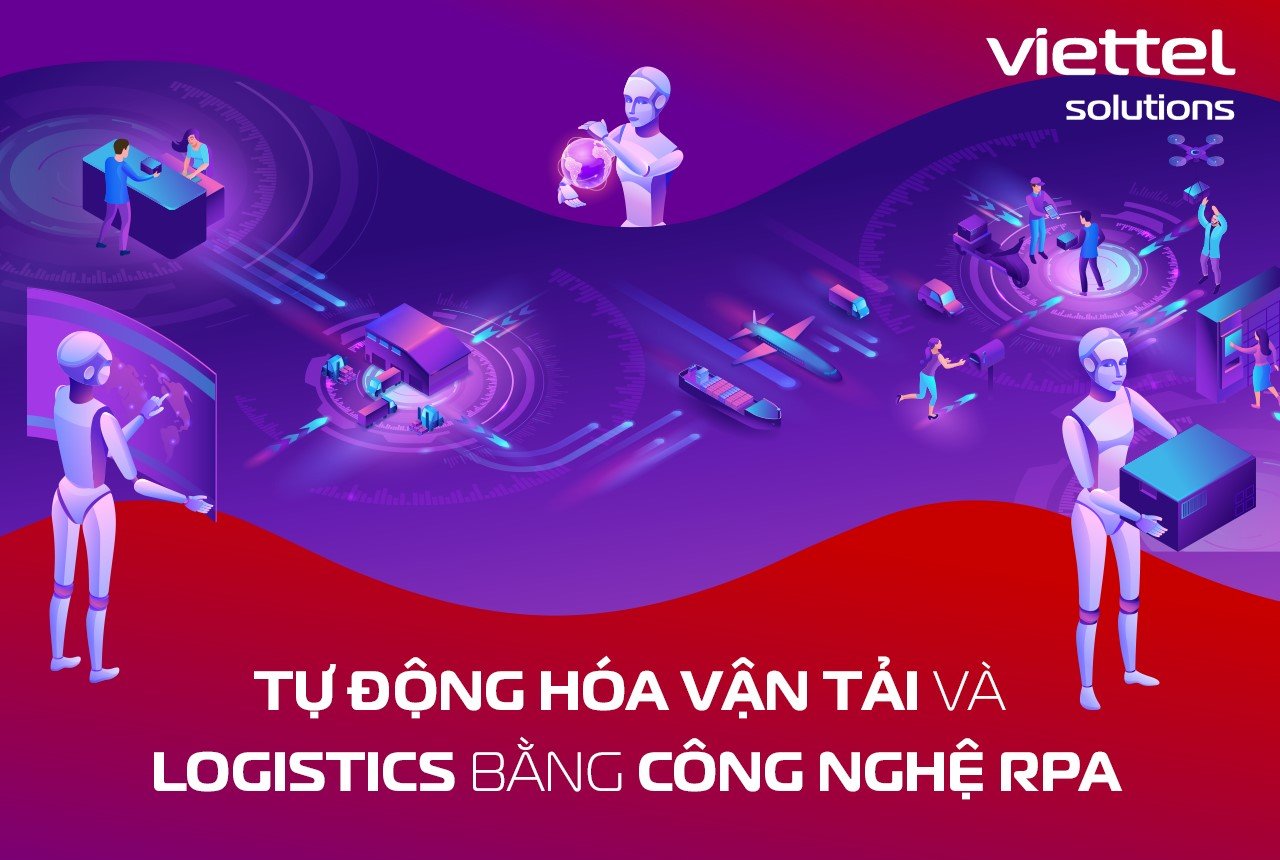RPA is not a strange concept in the world, but it is a fairly new technology and is just starting to have an impact on activities in the field of Transportation & Logistics. According to Kofax, 32% of transport and logistics businesses still rely on manual tasks for more than 50% of their processes, which is costly in term of labor costs, low in efficiency, and significantly reduces productivity.

Key challenges driving change for the Transportation and Logistics sector
The transformation of customer needs and journeys forces Transportation and Logistics businesses to change in service provision activities. They must respond faster to feedback and complaints, have better visibility into the status of shipments and delivery times, etc., to better respond to requests and deliver customer satisfaction.
Besides, the optimization of management in freight is necessary to optimize the operation. That requires businesses to have a seamless integration of a large number of internal systems as well as partner systems, to streamline the management of goods via sea, land, and air, must react well to changes in prices and market conditions, etc.
Last but not least, Transportation and Logistics businesses must get the data to be transformed into insights, to improve the right strategic decision making, to help retain and attract customers and gain advantages over competitors and enhance competitiveness in the fierce market.
Potential of RPA in the field of Transportation and Logistics
By researching and reviewing RPA applications, freight forwarders, carriers, freight brokers and other Logistics businesses can solve the above challenges. RPA helps to automate processes such as customer data updates, order processing, inventory, delivery scheduling, and tracking, etc. with 5-10x faster time and about 37 fewer resources %. Some common applications of RPA in Transportation and Logistics:
1. Schedule and track deliveries
RPA bots automatically extract shipment details from incoming emails, input them into the scheduling system; Enter the correct delivery and pickup time into the carrier's portal and send a confirmation email to the customer.
2. Manage consignment information
For orders that need 3rd party shipping, RPA is used to access the carrier's website, track information about outgoing shipments such as the PRO number of each shipment, the amount on the receipt,…
3. Import/move data
The robot automatically collects documents, vouchers, and data for each shipment to enter into the TMS (Transportation Management System). Robots can also automatically access hundreds of different systems to extract, move data, and gather information. With RPA, data entry/migration, data validation can be automated at lightning speed, eliminating errors, increasing information accuracy, and reducing costs.
4. Inventory Management
RPA bots help track and monitor hundreds of items at every stage from warehousing to shipping. Automatically notify if the stock level of any item is low and even re-order products below a given threshold.
5. Email communications
Robots can automatically generate and send emails to customers, informing the status of when an order is processed, shipped, or delayed to maintain the customer experience.